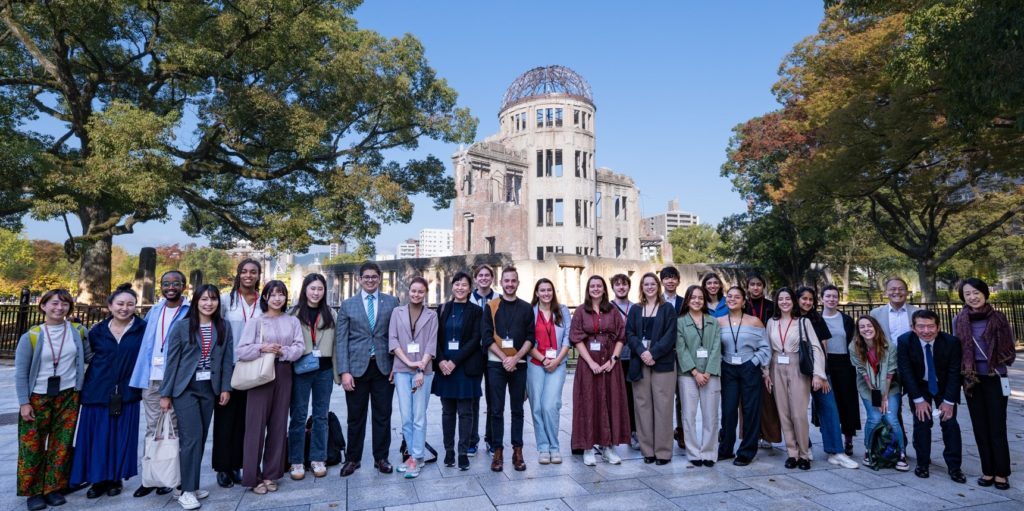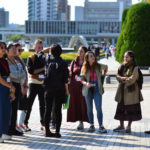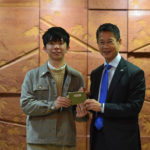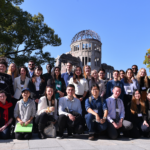Hiroshima-ICAN Academy on Nuclear Weapons and Global Security 2023 Hiroshima Session Day 1
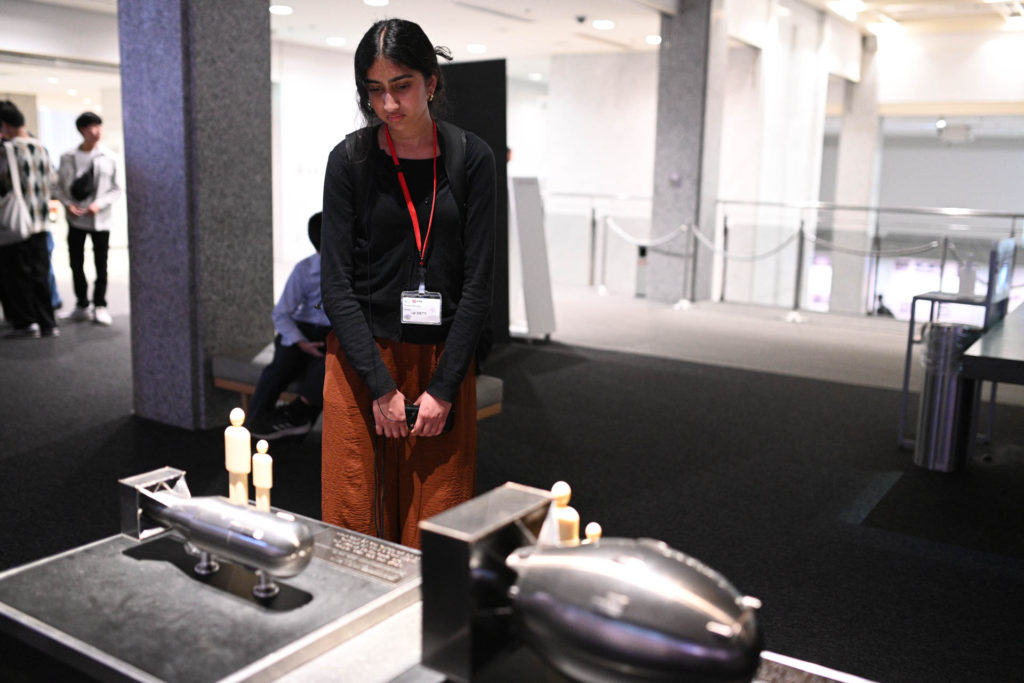
○ Day 1 program
・ Orientation
・ Courtesy visit to the Mayor of Hiroshima City, Kazumi Matsui
・ Ms. Keiko Ogura, a hibakusha (a survivor of either of the atomic explosions at Hiroshima or Nagasaki in 1945),
talks about her A-bomb experience.
・ Tour of the Hiroshima Peace Memorial Museum
On Tuesday, October 24, the Hiroshima-ICAN Academy Hiroshima session finally began. For four days, participants gathered in Hiroshima from around the world to discuss and learn more about issues of nuclear weapons and security face-to-face. Although the participants had met each other in five webinars held up to this point, this was the first time for them to actually meet in person. The meeting was a mixture of both joy and tension, as our friends from behind the screen were now right in front of us.
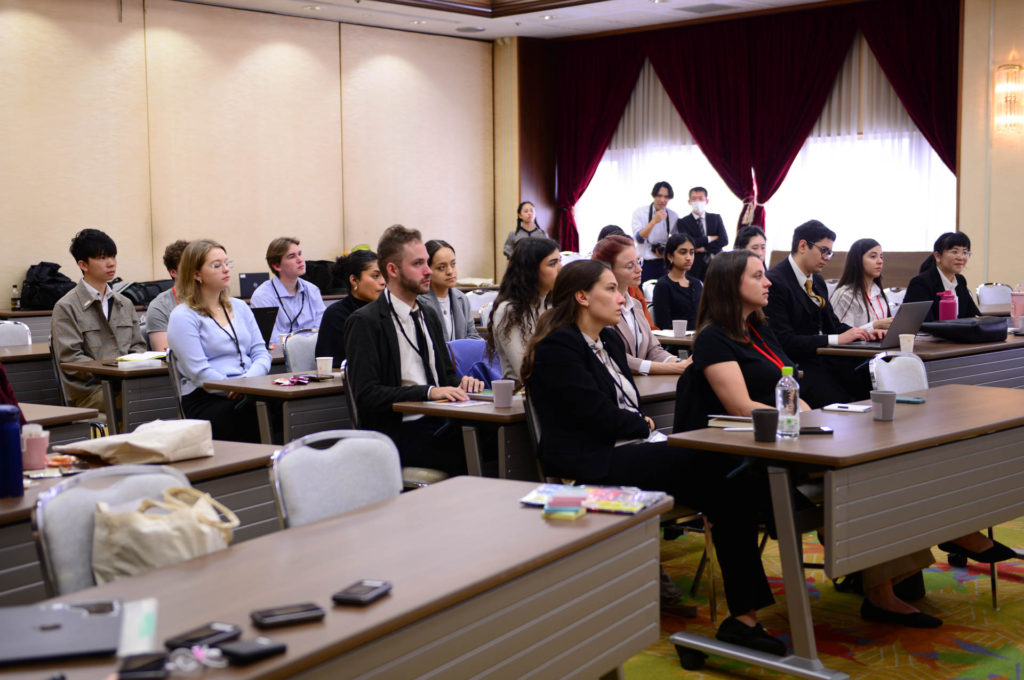
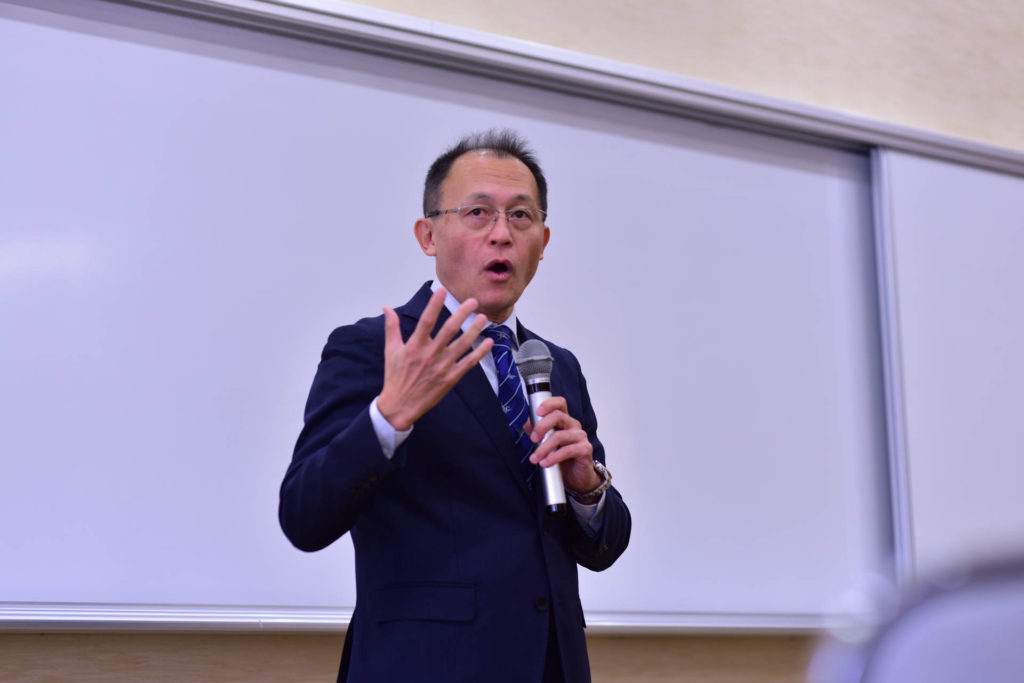
ICAN International Steering Group Member of the International Campaign to Abolish Nuclear Weapons and Executive Committee Member of Peace Boat
The first day of the Hiroshima session began with an orientation.
At the beginning of the session, Mr. Akira Kawasaki, an ICAN International Steering Group Member of the International Campaign to Abolish Nuclear Weapons and Executive Committee Member of Peace Boat, explained the global situation regarding nuclear weapons and then gave the following words of encouragement: “Through the Hiroshima session, we will learn the perspective of the A-bombed cities, which we can use in our future activities.”
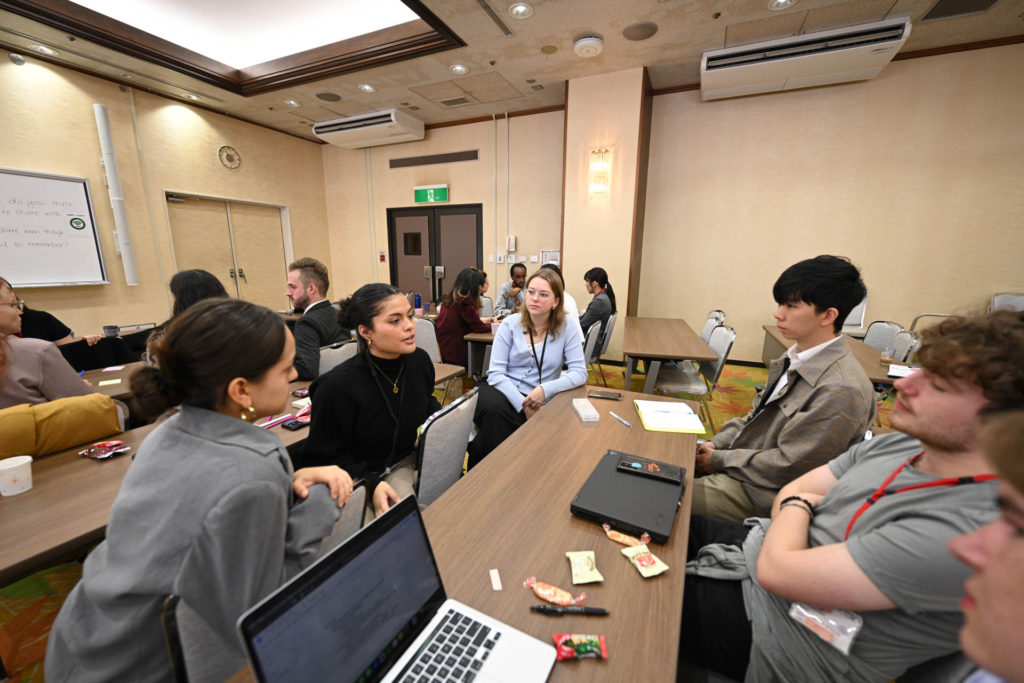
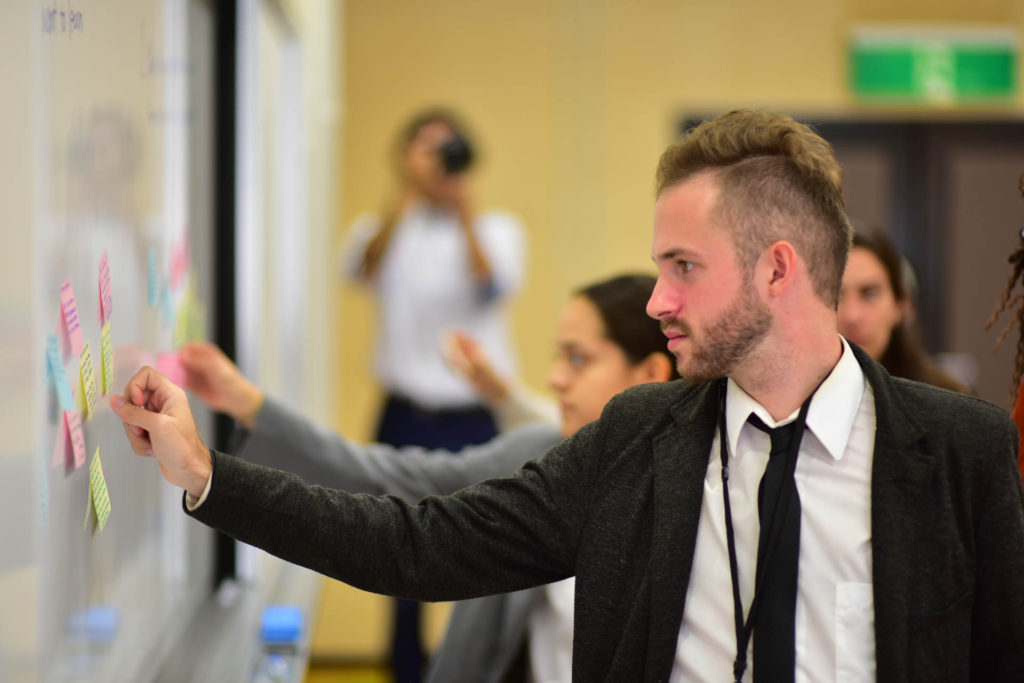

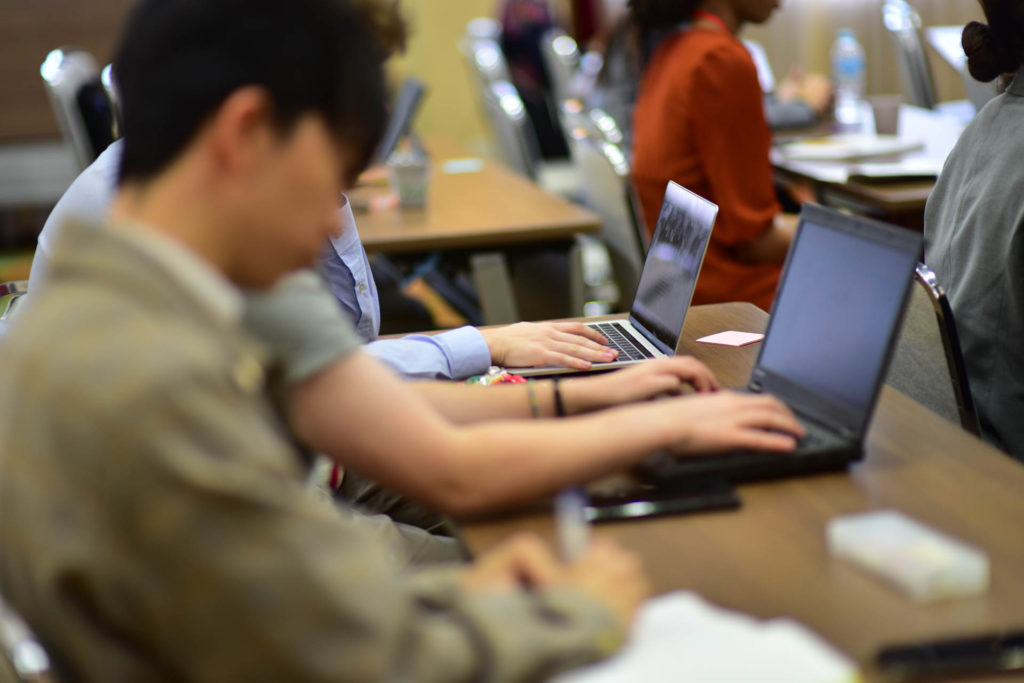
This was followed by group discussions on topics such as what participants hoped to learn at the Hiroshima session, where they shared their enthusiasm for the Academy and the nuclear disarmament initiatives being implemented in their home countries.
In the afternoon, the participants paid a courtesy visit to Hiroshima Mayor Kazumi Matsui. Mayor Matsui gave a lecture on Hiroshima’s peace efforts, including the “Mayors for Peace,” which Hiroshima City led the establishment of and serves as the president of city.
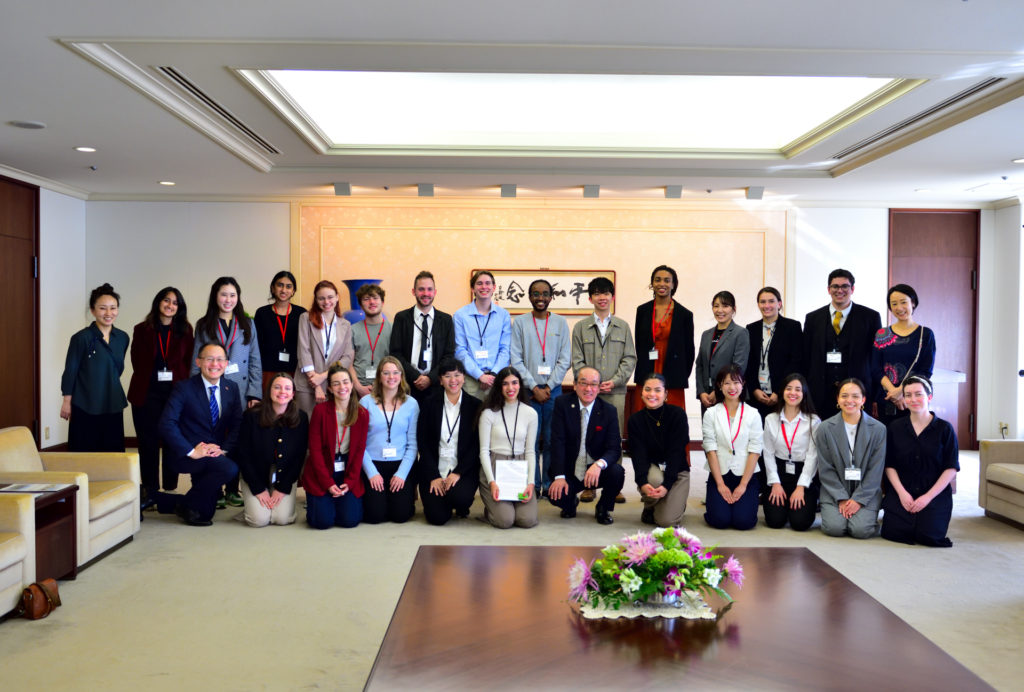
During the Q&A session that followed, participants actively asked questions about the outcomes and challenges of the G7 Hiroshima Summit and the direction of peacebuilding in light of the current global situation.
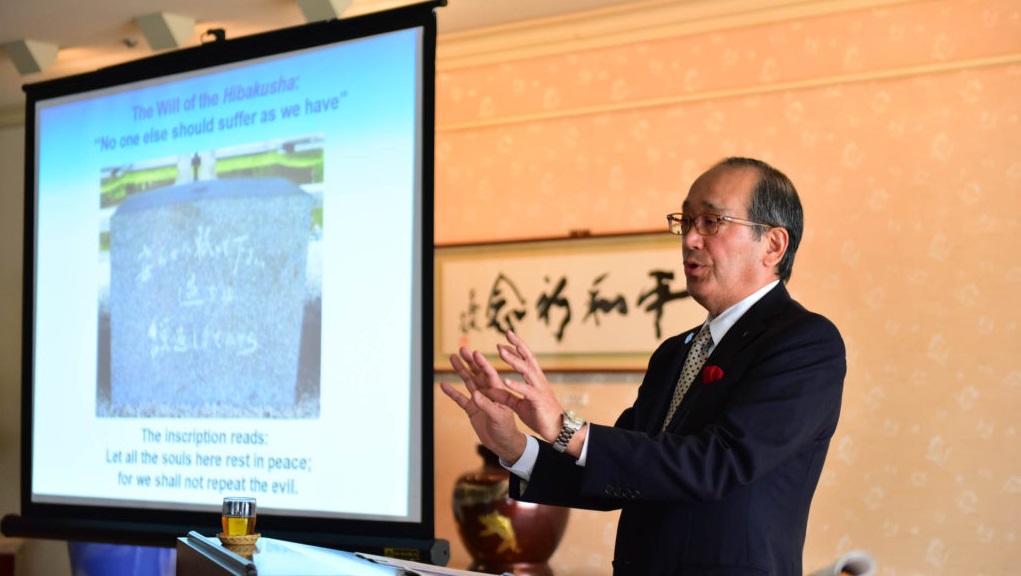
The Mayor of Hiroshima City
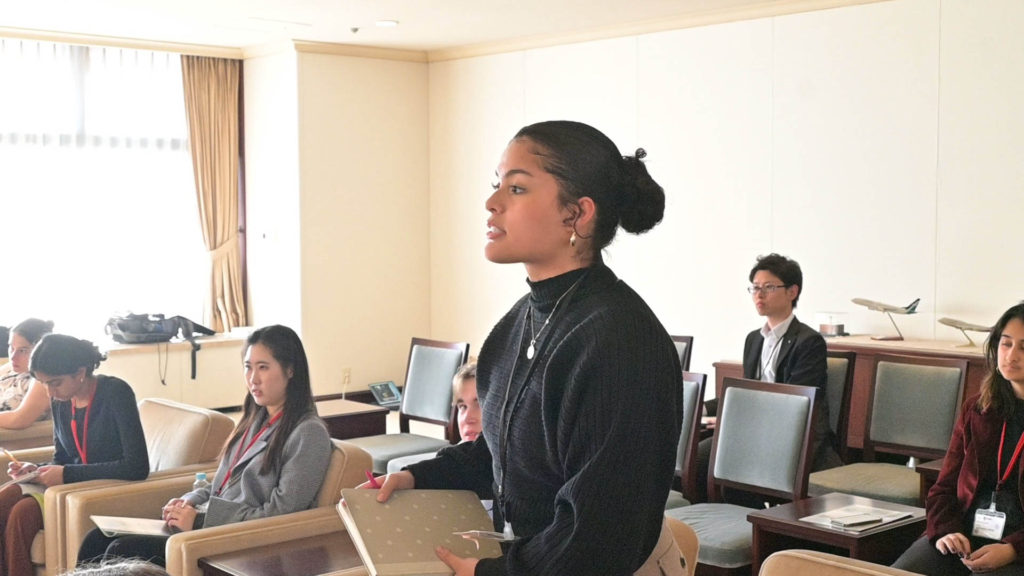
After paying a courtesy visit to Mayor Matsui, the participants moved to the Hiroshima Peace Memorial Museum for a lecture on the A-bomb experience by Ms. Keiko Ogura, who has been giving testimonies in Japan and abroad for many years, including to the leaders of G7 countries at the Hiroshima Summit.
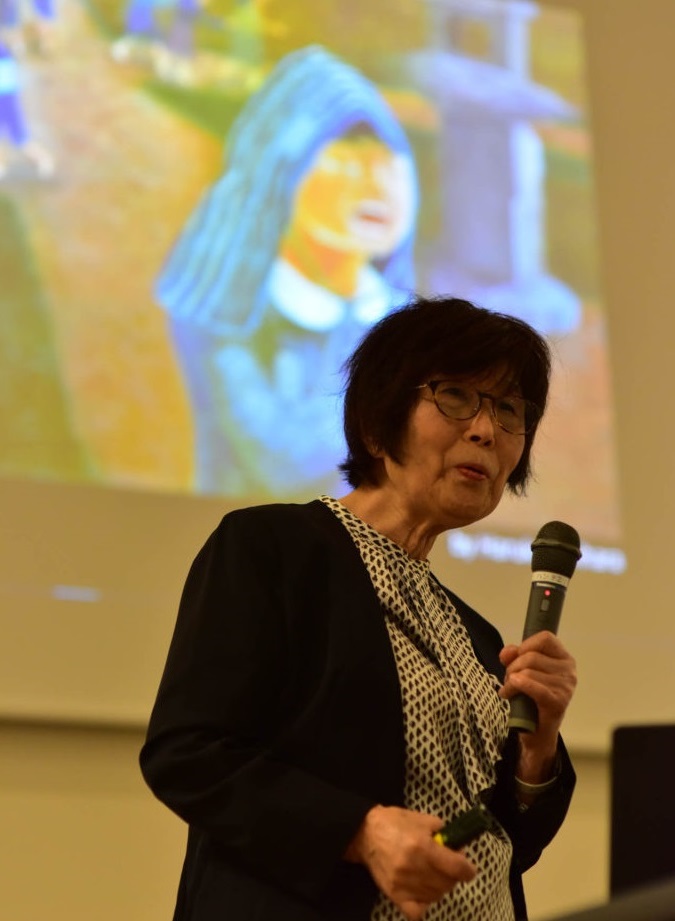

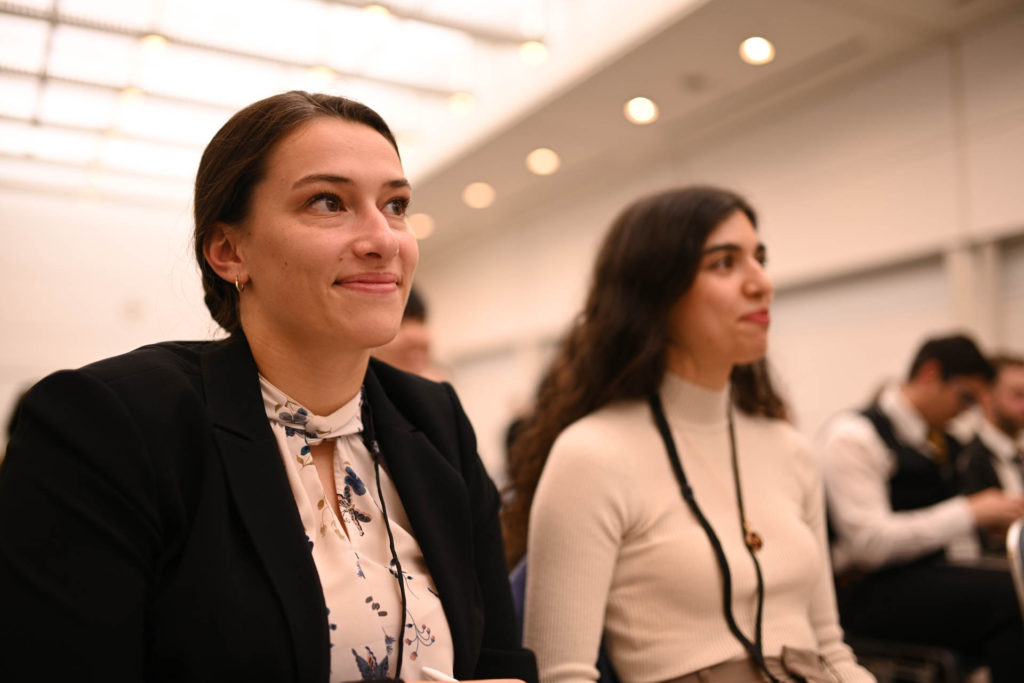
Ms. Ogura spoke about her situation immediately after the bombing, the guilt she felt toward the victims of the atomic bombing after the war, and the discrimination she suffered as an A-bomb survivor.
Participants asked questions about how she came to be active in peace activities and about her most memorable experiences after the atomic bombings.
Participants then toured the Peace Memorial Museum. The participants saw the exhibits at the museum, including the belongings of A-bomb survivors and materials on the actual atomic bombing of Hiroshima and its aftermath, and were exposed to the reality of the atomic bombing, such as the tragic reality of the actual bombing and the horrific damage it caused.
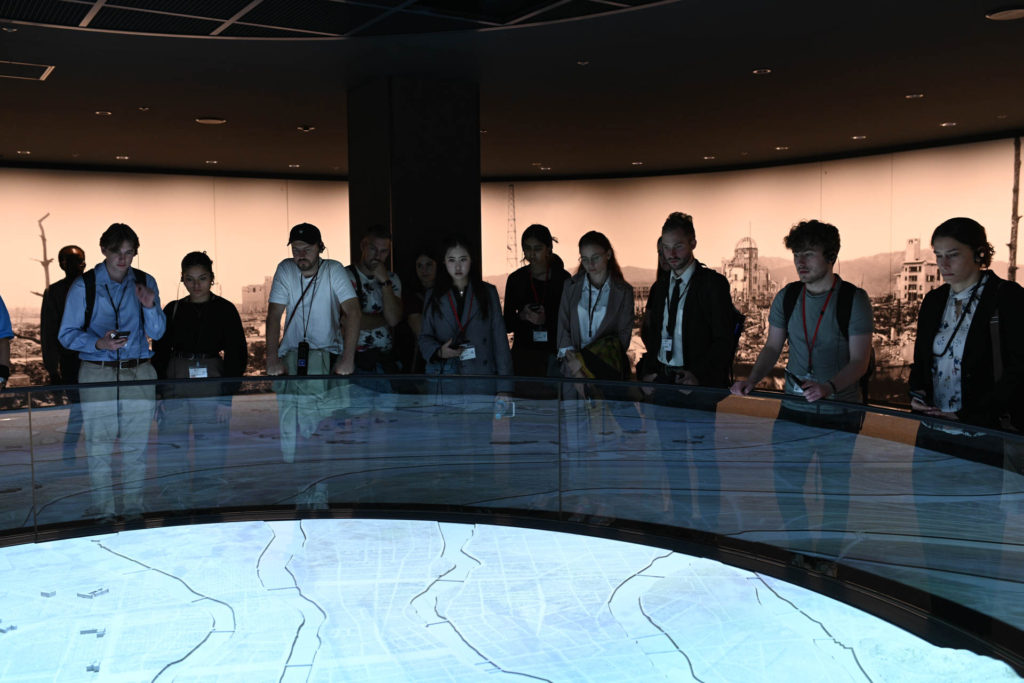
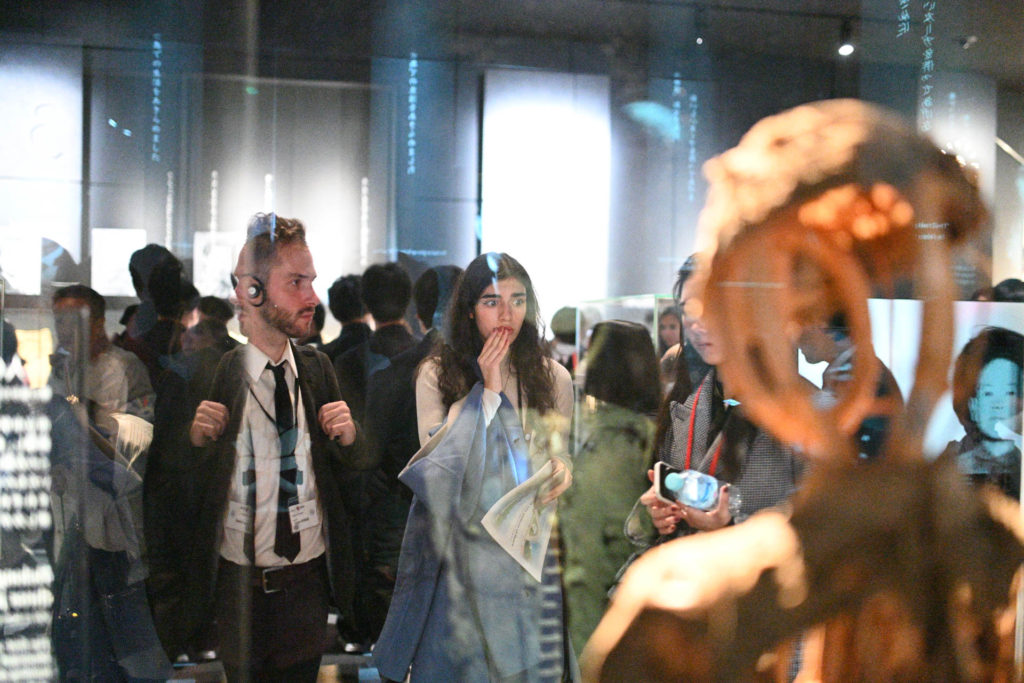
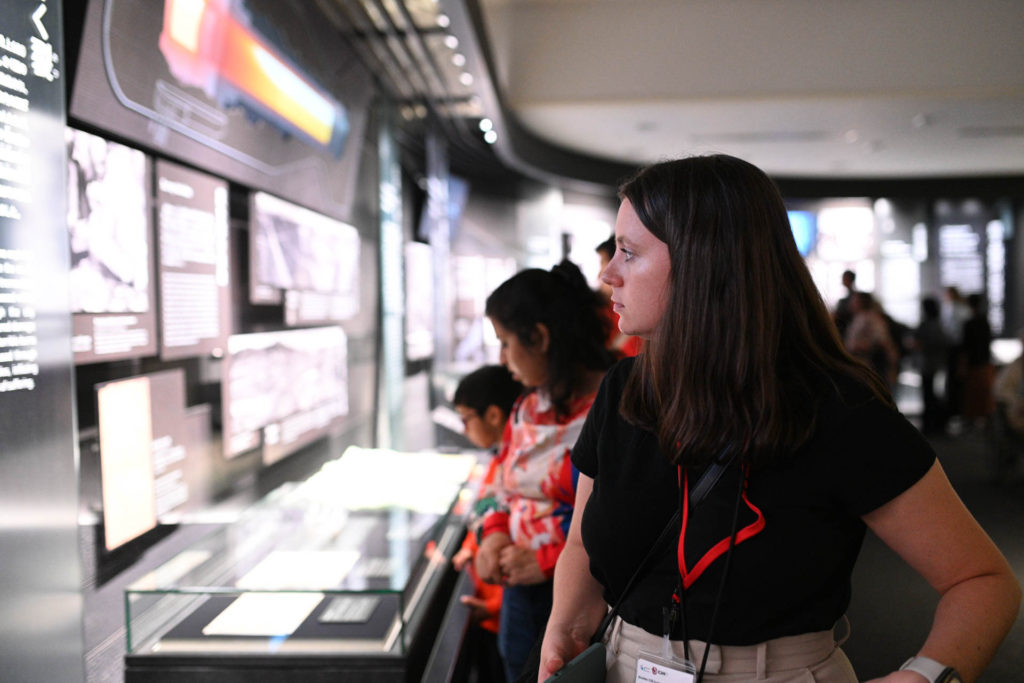

One of the participants said that although he had seen and heard about these things on TV and in books and other media and thought he was familiar with them, actually seeing the remains filled the gap between his knowledge and reality and had a strong impact on him. Each participant seemed to have something to think about.
The image of the atomic bombing that the participants had previously held during their first visit to Hiroshima seemed to take shape in their minds as they listened to the stories of actual hibakusha and saw the belongings and letters of those who were not actually exposed to the atomic bombing.
Hiroshima Prefecture believes that as the hibakusha population ages, the role of the next generation of young people will be crucial to the continued dissemination of the message of nuclear abolition, and we emphasize that they be exposed to the reality of the atomic bombing in Hiroshima so that they can become the leaders of that next generation.
In the next three days, we will be posing a variety of issues to the participants, and we hope that they will digest them and reach their own conclusions.
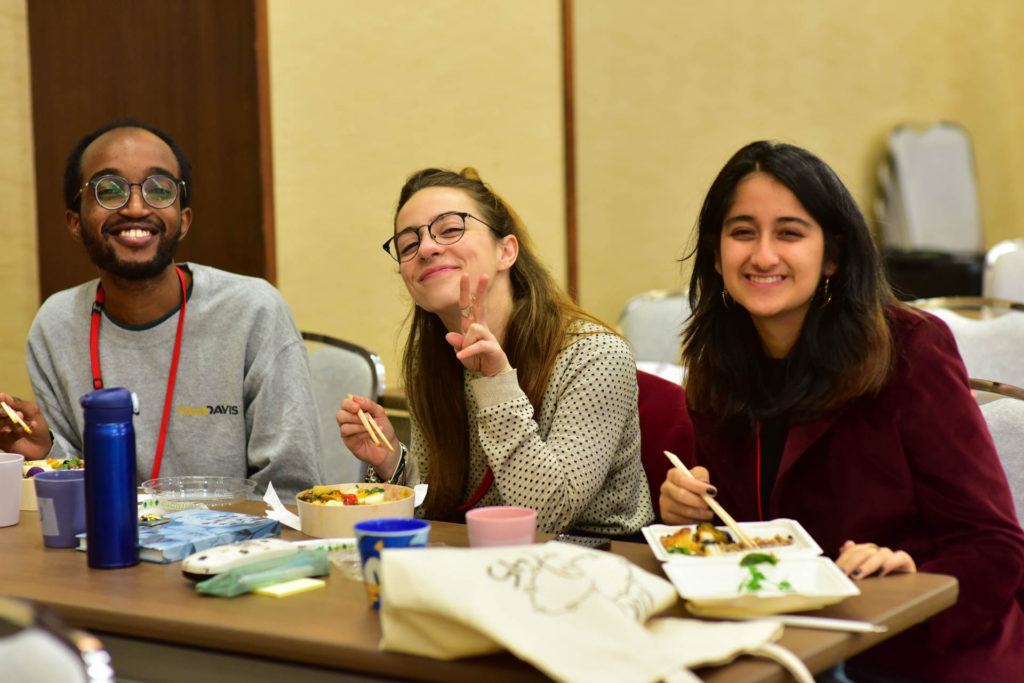
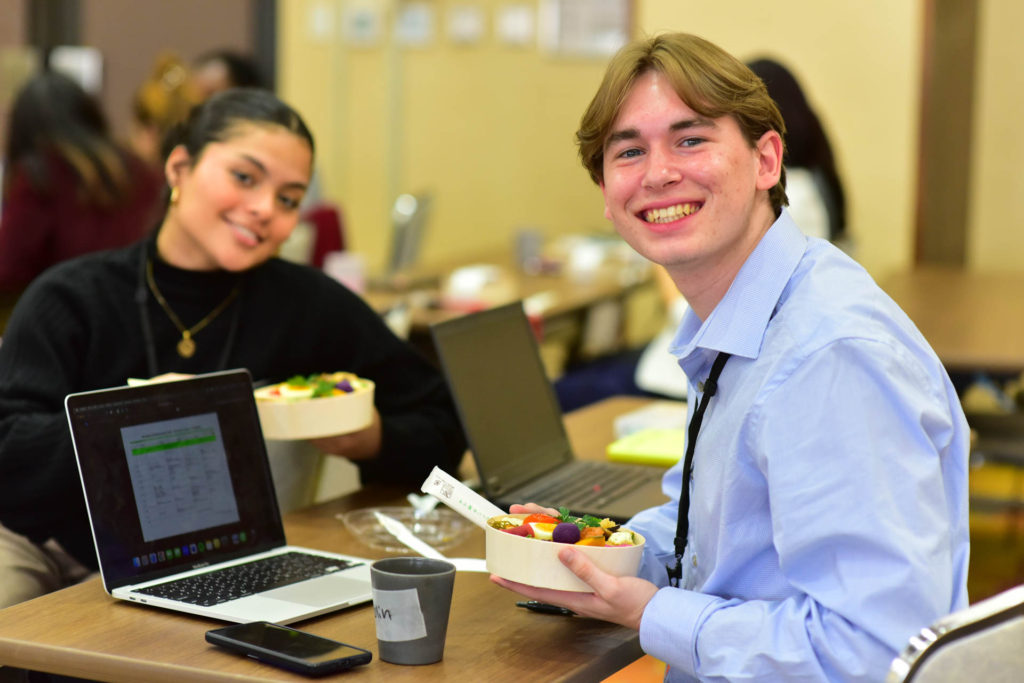
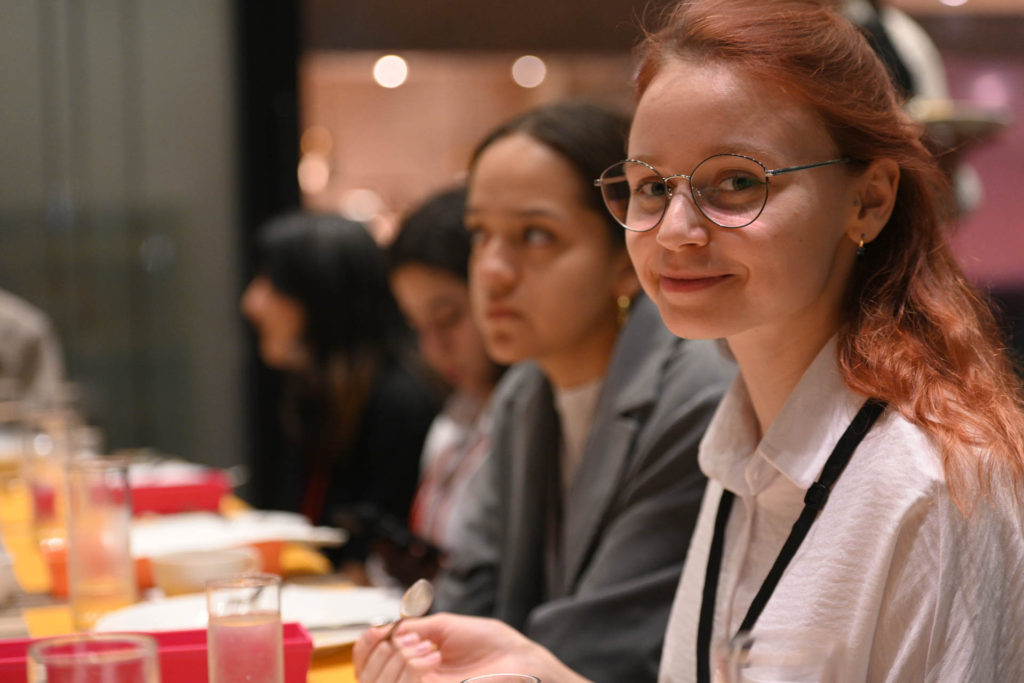
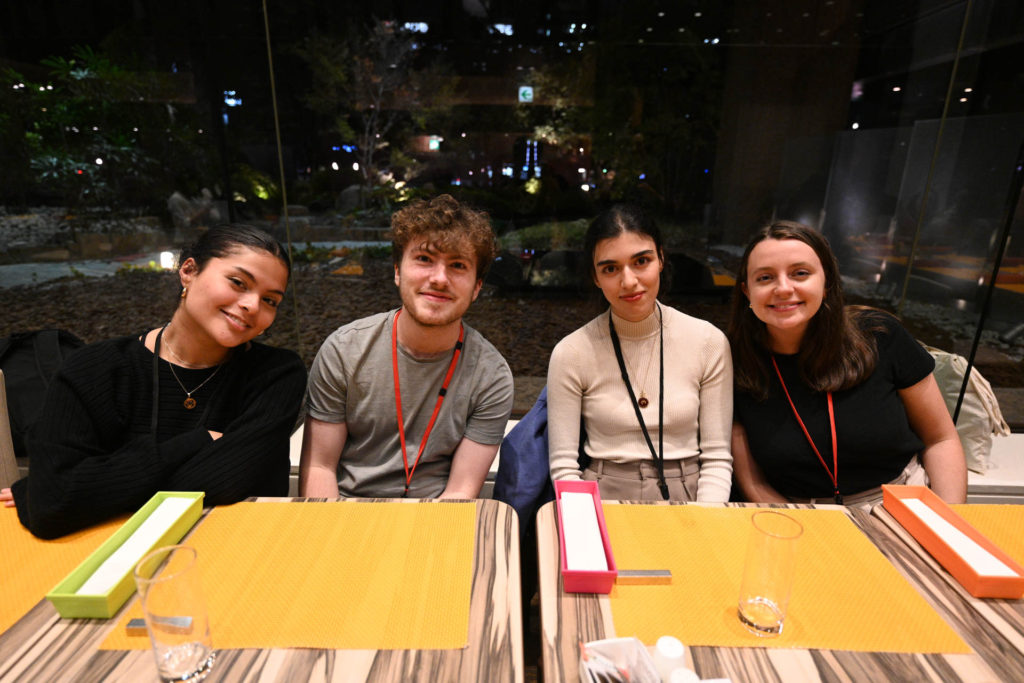
Other days
Webiner Session
Hiroshima Sesssion
The ‘Hiroshima-ICAN Academy on Nuclear Weapons and Global Security’ is currently accepting applications for the 2024 participants. Click on the photo below for more information.
[Application deadline: Monday, August 12, 2024]
Tags associated with this article



